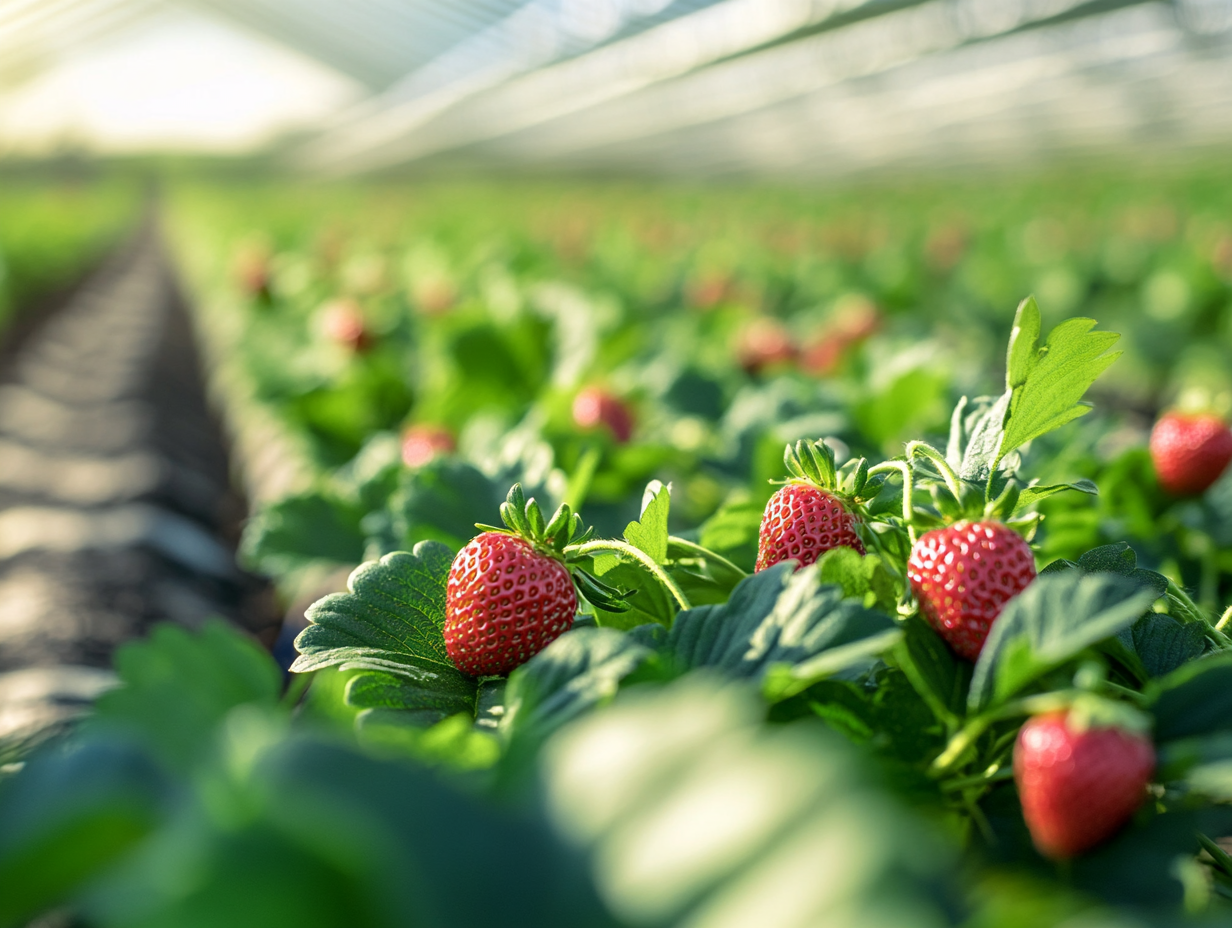In an uncertain economic environment, investors are increasingly looking for asset classes that offer resilience, long-term value, and strong cash flow potential. Farmland has emerged as one of the most compelling investment opportunities, combining scarcity-driven appreciation, rising productivity, and downside protection.
Farmland Is Getting Scarcer—And That’s Driving Up Value
One of the fundamental principles of investing is supply and demand. The supply of farmland is shrinking due to two major forces:
- Climate Change – Rising temperatures, shifting precipitation patterns, and extreme weather events are reducing the amount of arable land worldwide. Some areas are experiencing increased drought conditions, while others face soil degradation, making high-quality farmland increasingly valuable.
- Competing Land Uses – Urbanization and industrial expansion are converting farmland into residential and commercial real estate. Governments and corporations are also repurposing land for infrastructure, renewable energy projects, and other developments, further tightening supply.
With less farmland available, yet a growing global population requiring more food, the fundamental economics strongly favor farmland appreciation over time.
Farmland Is Becoming More Productive and Profitable
While farmland is getting scarcer, it is also becoming a more productive and cash-flow-generating asset. Two major trends are driving this:
- Advancements in Farming Practices – Precision agriculture, AI-driven monitoring, and sustainable farming techniques have improved yields and efficiency. This means farmland today can generate more revenue per acre than in the past.
- Inflation and Supply Chain Pressures – Food prices have surged due to supply chain disruptions, geopolitical tensions, and inflationary pressures. Higher commodity prices translate to increased revenues for farmland owners, as agricultural products become more valuable in the market.
As a result, farmland is not just a store of value—it is an income-generating asset with increasing cash flow potential.
Asset-Backed Stability: Farmland’s Unique Risk-Return Profile
Investing in farmland is different from other asset classes because it is backed by a real, productive asset—land. This provides two key benefits:
- Lower Volatility – Unlike stocks or cryptocurrencies, farmland values do not experience extreme fluctuations. Historically, farmland prices have steadily appreciated, offering investors stable long-term returns.
- Downside Protection – Even during economic downturns, farmland retains intrinsic value because it produces essential goods: food. This makes it more resilient compared to other investments that rely on speculative growth.
Additionally, farmland investments can generate income through lease agreements, direct crop production, and even carbon credit programs, providing multiple revenue streams for investors.
Conclusion: A Timely Opportunity for Investors
Given the combination of increasing scarcity, rising productivity, and built-in downside protection, farmland stands out as one of the best investments today. As investors seek tangible, inflation-resistant assets with strong cash flow potential, farmland offers a unique opportunity to build long-term wealth while contributing to global food security.
For investors looking to diversify their portfolios with a resilient, high-performing asset, farmland is not just a smart choice—it’s a strategic one.

